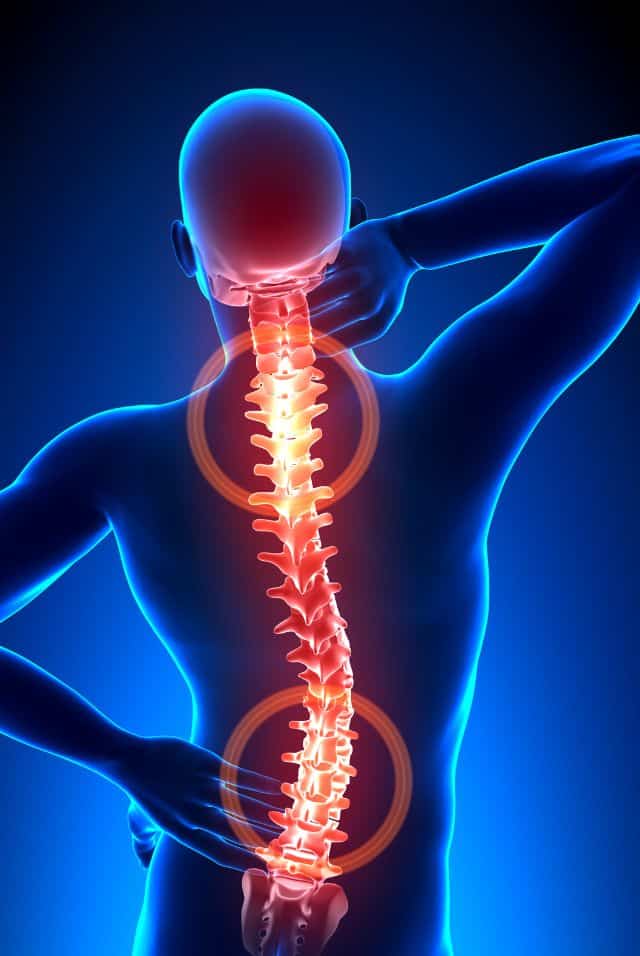Patient Education for Osteoporosis Prevention – Overview
The best way to prevent osteoporosis is to include vitamin D in a healthy diet and with weight-bearing exercises. In case you have osteoporosis, you should get medical treatment to prevent further loss of bone mass and reduce the risk of bone fractures.
Some of the most common treatments for osteoporosis include exercise, a healthy diet, lifestyle changes, prevention of falls, medications, and supplements.
Let’s dive deeper into the subject and learn everything you need to know about patient education for osteoporosis prevention.
What is Osteoporosis?

Osteoporosis means ‘porous bone’, reflecting a condition where bone density and quality are reduced. This condition develops when bones begin to lose minerals, like calcium more quickly than the body can produce.
Losing bone density and strength makes bones more fragile and increases the risk of fractures.
Osteoporosis is often undiagnosed until a fracture occurs because it can progress without symptoms.
This is why the condition is often called the “silent disease”. While osteoporosis is more common in women, particularly postmenopausal women, it can also affect men.
If you suffer from osteoporosis, medical treatment along with lifestyle changes can effectively prevent further bone loss and also reduce the risk of suffering fractures in the bones.
How Does Osteoporosis Affect Bone Growth?
Bones are formed by specialized cells. Just like the rest of the body, bones are constantly being broken down and renewed. It is a living tissue that requires exercise to gain strength, similar to muscles.
In the early stages of life, bones tend to develop more than they break down, resulting in bone growth during childhood.
Bone growth is completed at the end of the teen years, and peak bone mass is achieved when one reaches the age of 25 to 30.
Estrogen and testosterone help to maintain bone density, but their role is part of a complex interplay of hormonal and physical factors affecting bone health. Lowered estrogen levels during menopause often cause accelerated bone loss.
Women may lose bone mass more rapidly in the years immediately after menopause, but the percentage can vary.
Osteoporosis can cause fractures in the spine, which are extremely painful. This can also lead to a reduction in height and posture changes.
What are the Signs and Symptoms of Osteoporosis?
As mentioned earlier, there are no noticeable signs or symptoms of osteoporosis. However, the increased risk of serious or debilitating fractures usually points to the development of osteoporosis in a person.
If you feel like your bones are getting weaker, it is recommended to get the condition checked by your family physician or an osteoporosis specialist.
How is Osteoporosis Diagnosed?
Today, the most effective way to detect and diagnose osteoporosis is by measuring bone density using a dual-energy absorptiometry scan (DXA).
This scan is a short and painless scan that measures the density of your bones. This test is usually performed on the hip bone and spine, or even in the forearm in some cases.
What are the Risk Factors for Developing Osteoporosis?
There are numerous factors that can create a risk of developing osteoporosis. Some of these are not easy to change, such as being female or having a genetic history of the condition.
Some major risk factors that can contribute to the development of osteoporosis in a person include:
- Lack of physical activity
- Low vitamin D levels
- Insufficient dietary calcium levels
- Cigarette smoking
- Excessive alcohol intake
- Early menopause (before 45 years of age)
- Long-term medication use containing corticosteroids for asthma, rheumatic arthritis and other similar disorders
- Loss of menstrual period associated with lower estrogen production
- Thyroid disease (overactive thyroid gland)
- Rheumatic arthritis
- Chronic liver disease
- Chronic kidney disease
- Conditions that affect the body’s ability to absorb nutrients (Crohn’s disease, inflammatory bowel conditions, etc.)
How to Prevent Osteoporosis?
There are several steps you can take from an early age to prevent the development of osteoporosis, such as:
Calcium-rich diet
Eating a well-balanced diet with various foods and adequate calcium intake is a crucial step in building and maintaining strong bones.
Lack of sufficient calcium in the blood causes your body to borrow calcium from the bones, which reduces bone density and eventually weakens them.
Vitamin D
Vitamin D is as important as calcium to ensure strong, healthy bones and prevent osteoporosis. This nutrient is extremely vital as it helps the body to absorb calcium from your diet.
You can obtain most of your vitamin D requirements from the sun by following recommendations for the period that is considered safe for sun exposure.
Besides the sun, you can also get vitamin D from various foods, such as liver, fatty fish, eggs and fortified foods, such as margarine and low-fat milk.
Exercise
Exercising regularly is an excellent way to maintain bone strength and prevent osteoporosis. Weight-bearing exercises are encouraged as they also improve balance against falls. Though they may not treat existing osteoporosis, they will help prevent the condition from worsening.
Weight-bearing and muscle-strengthening exercises, like walking, jogging, and resistance training, are recommended for osteoporosis prevention. Swimming and cycling, while beneficial for general health, are not weight-bearing and have less impact on bone density improvement.
Conclusion
The management of osteoporosis involves a combination of medication, dietary adjustments, lifestyle changes, and exercises tailored to individual health status and risk of fractures. To manage osteoporosis well, you should also consider safer exercise options, medication, and fall prevention.
For more information or help, consult with your family doctor or an orthopedic specialist.
See Also
Heart Failure Patient Education
High Blood Pressure Patient Education
How to Become a Patient Educator